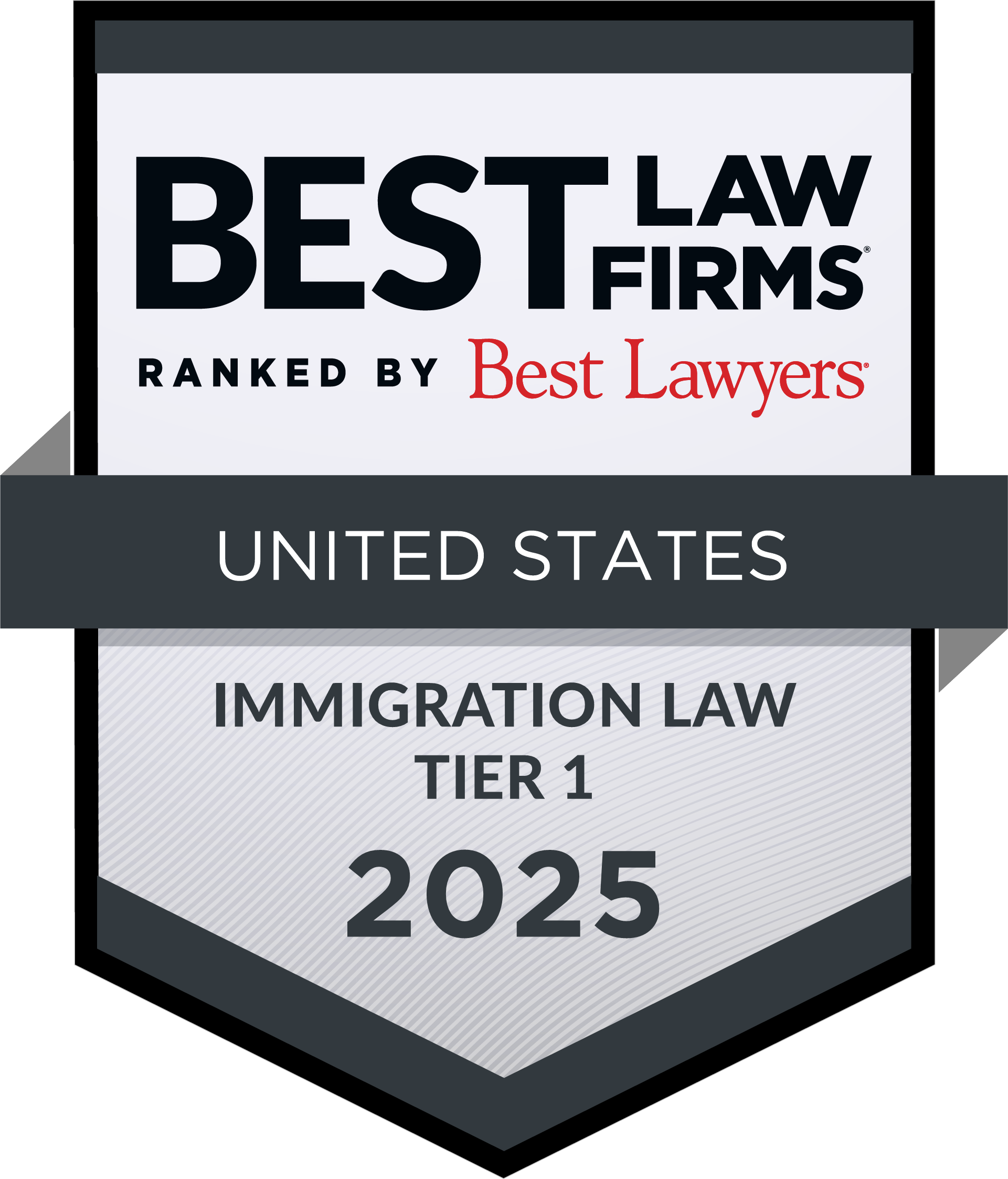The United States has some of the most prestigious colleges and universities in the world, which is why there are an estimated 1.1 million international students pursuing studies in the United States! If you represent one of the million international students studying in the country, understanding the importance of the Curricular Practical Training (CPT) program is critical. The following blog explores what you should know about this option and the importance of connecting with Fairfax County student visa lawyers to discuss your legal options during these matters.
How Does The Curricular Practical Training Program Work?
Curricular practical training (CPT) is one of two practical training programs available to F-1 visa holders. This essentially serves as an alternative work/study internship program that employers can sponsor through colleges and universities and often is a requirement of the curriculum. Generally, in order to obtain enrollment in the CPT, you’ll find that the role you assume must be integral to your major, and the experience you obtain through this program must reflect your program of study. In addition, you can hold more than one CPT authorization at the same time.
You should note that CPT can be either full or part-time, offering greater flexibility for recent graduates.
Additionally, it is important to understand that if you complete less than one year of CPT, you may be eligible to participate in Optional Practical Training. However, if you do not participate in a one-year CPT program, upon the completion of CPT, you may be eligible to participate in OPT. Like CPT, OPT requires you to participate in employment or internships directly related to your field of study. This program offers more flexibility and can occur during your program of study.
Who Is Eligible?
To be eligible for the CPT program, there are a few requirements that must be met. Typically, this includes holding a valid visa, studying at an accredited higher-education institution, completing one full year of study, and enrolling as a full-time student. As mentioned, the employment opportunity must reflect the field of your study and the curriculum of your major.
It’s imperative to understand that you must obtain the employment or training opportunity prior to your application for this program. Once you have the offer, you must request authorization from your college or university’s Designated School Official (DSO). Upon receipt of your application, the DSO can authorize your CPT through the Student and Exchange Visitor Information System (SEVIS).
As you can see, the CPT program can be incredibly difficult to navigate. That is why it is in your best interest to connect with an experienced attorney with Goel & Anderson. Our team understands how overwhelming these matters can be, which is why we will do everything in our power to help you through these difficult times. When you need help, our firm is here. Contact us today to learn how we can guide you through the CPT process.


